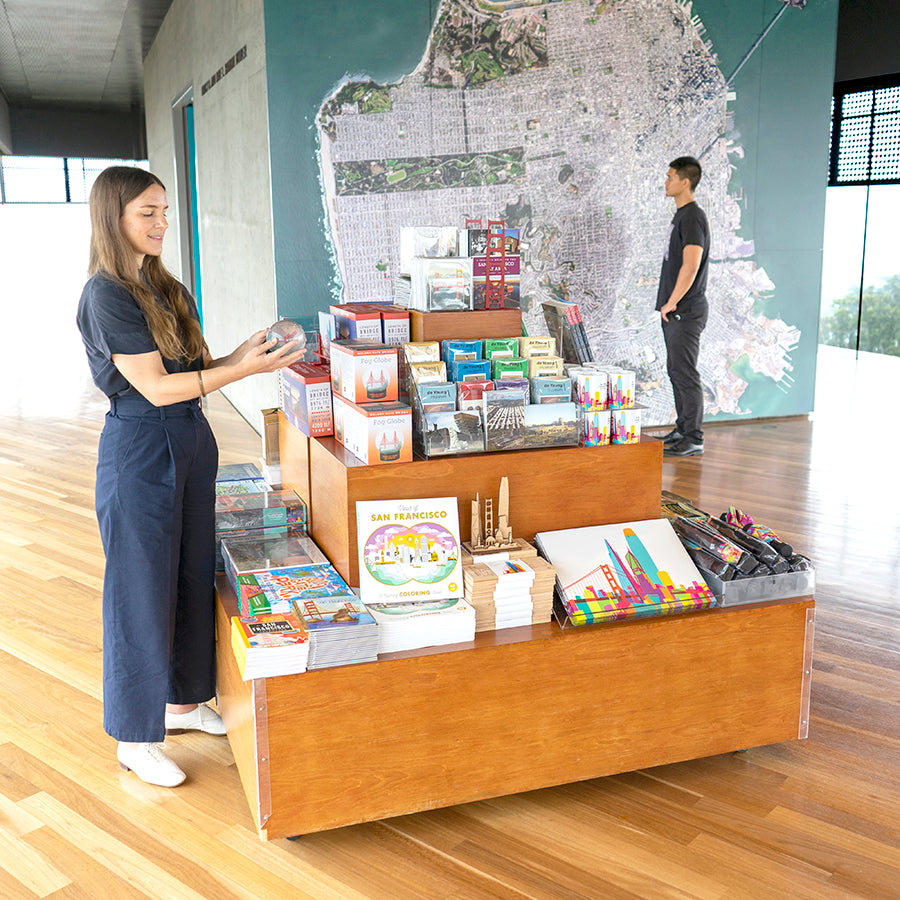Shop the Monet and Venice Gift Package & VIP tickets—the perfect gifts for Valentine's Day!
Plan your visit at famsf.org
Every purchase in our stores directly support the collections and exhibitions of the de Young and Legion of Honor museums.
Every purchase in our stores directly support the collections and exhibitions of the de Young and Legion of Honor museums.
Every purchase in our stores directly support the collections and exhibitions of the de Young and Legion of Honor museums.
Every purchase in our stores directly support the collections and exhibitions of the de Young and Legion of Honor museums.
Every purchase in our stores directly support the collections and exhibitions of the de Young and Legion of Honor museums.
Every purchase in our stores directly support the collections and exhibitions of the de Young and Legion of Honor museums.
Every purchase in our stores directly support the collections and exhibitions of the de Young and Legion of Honor museums.
Every purchase in our stores directly support the collections and exhibitions of the de Young and Legion of Honor museums.
FAMSF EXHIBITION CATALOGUE
“That is the archaeology I am unearthing: the specter of police violence and state control over the bodies of young Black and brown people all over the world.” –Kehinde Wiley
Kehinde Wiley: An Archaeology of Silence, published by the Fine Arts Museums of San Francisco, features a new body of paintings and sculptures by American artist Kehinde Wiley confronting the legacies of colonialism through the visual language of the fallen figure. It expands on a subject the artist first explored in his 2008 series Down—a group of large-scale portraits of young Black men inspired by Wiley’s encounter with Hans Holbein the Younger’s The Dead Christ in the Tomb (1521–22) at the Kunstmuseum Basel. Holbein’s painting triggered an ongoing investigation into the iconography of death and sacrifice in Western art that Wiley traced across religious, mythological and historical subjects. An Archaeology of Silence extends these considerations to include men and women around the world whose senseless deaths, often unacknowledged or silenced, are transformed into a powerful elegy of global resistance against state-sanctioned violence. The resulting paintings of Black bodies struck down, wounded or dead, all referencing iconic historical paintings of slain heroes, martyrs or saints, offer a haunting meditation on the violence against Black and brown bodies through the lens of European art history. Essays by exhibition curator Claudia Schmuckli with Valerie Cassel Oliver and Emil Wilbekin. Hardcover, 192 pages.
Museum members receive 10% off all items from our museum stores, including sale items and custom Art on Demand prints.
Every purchase in our stores directly support the collections and exhibitions of the de Young and Legion of Honor museums.
